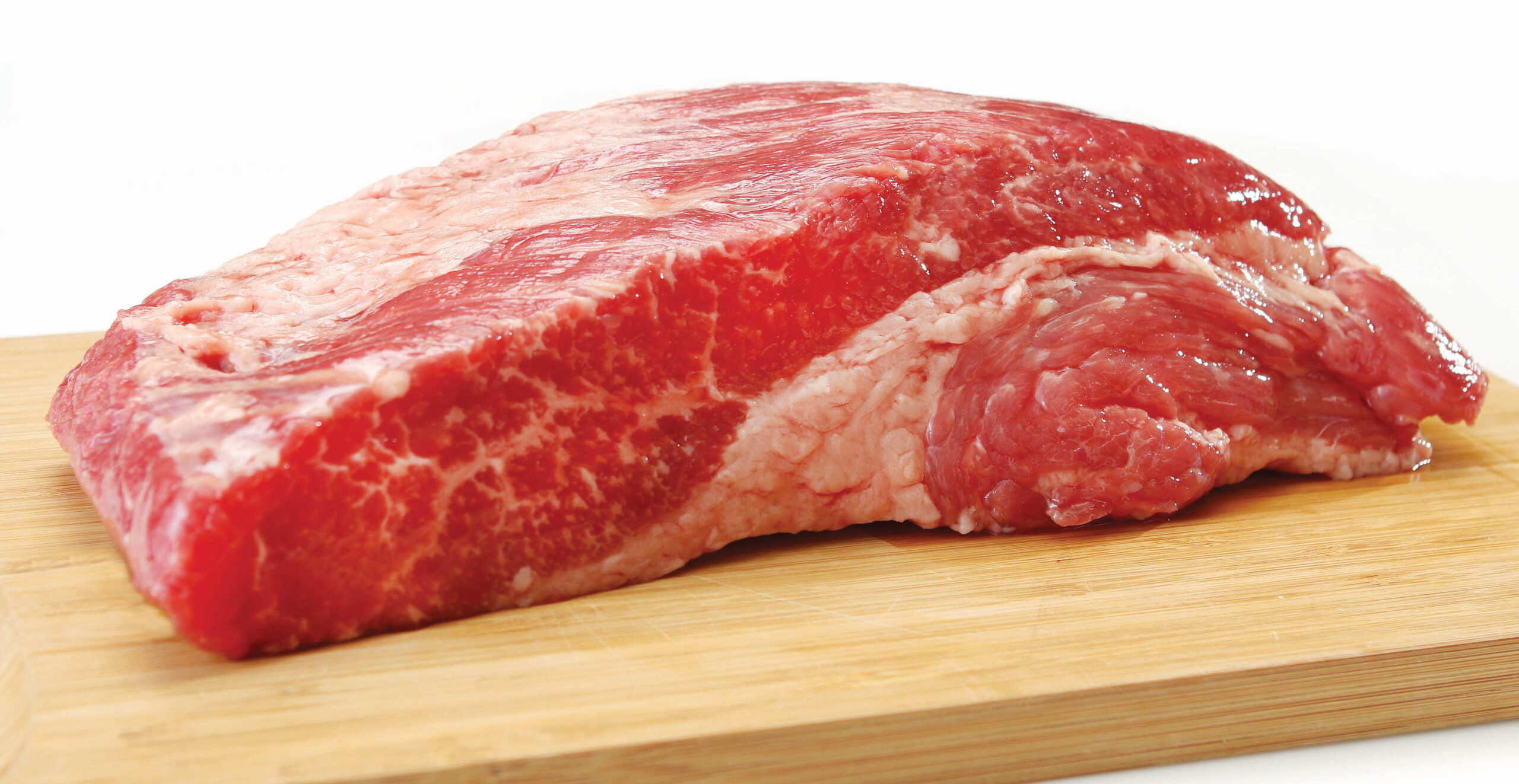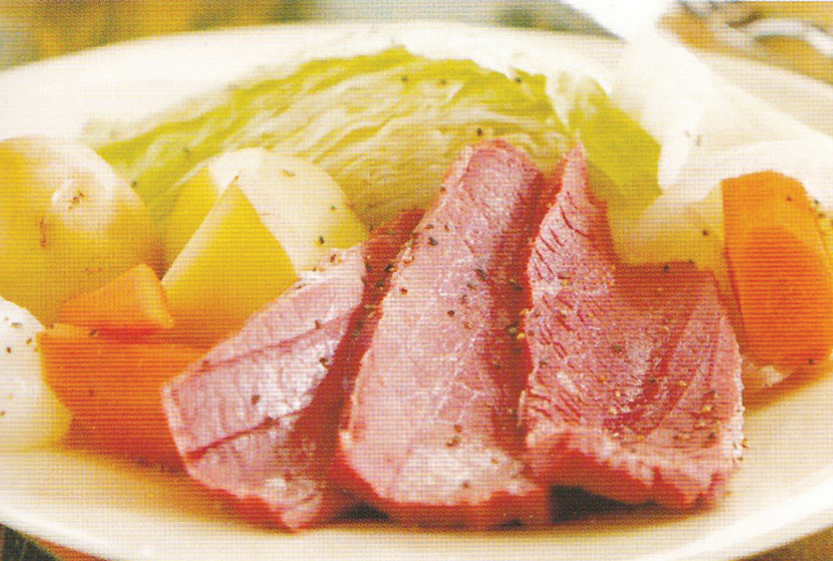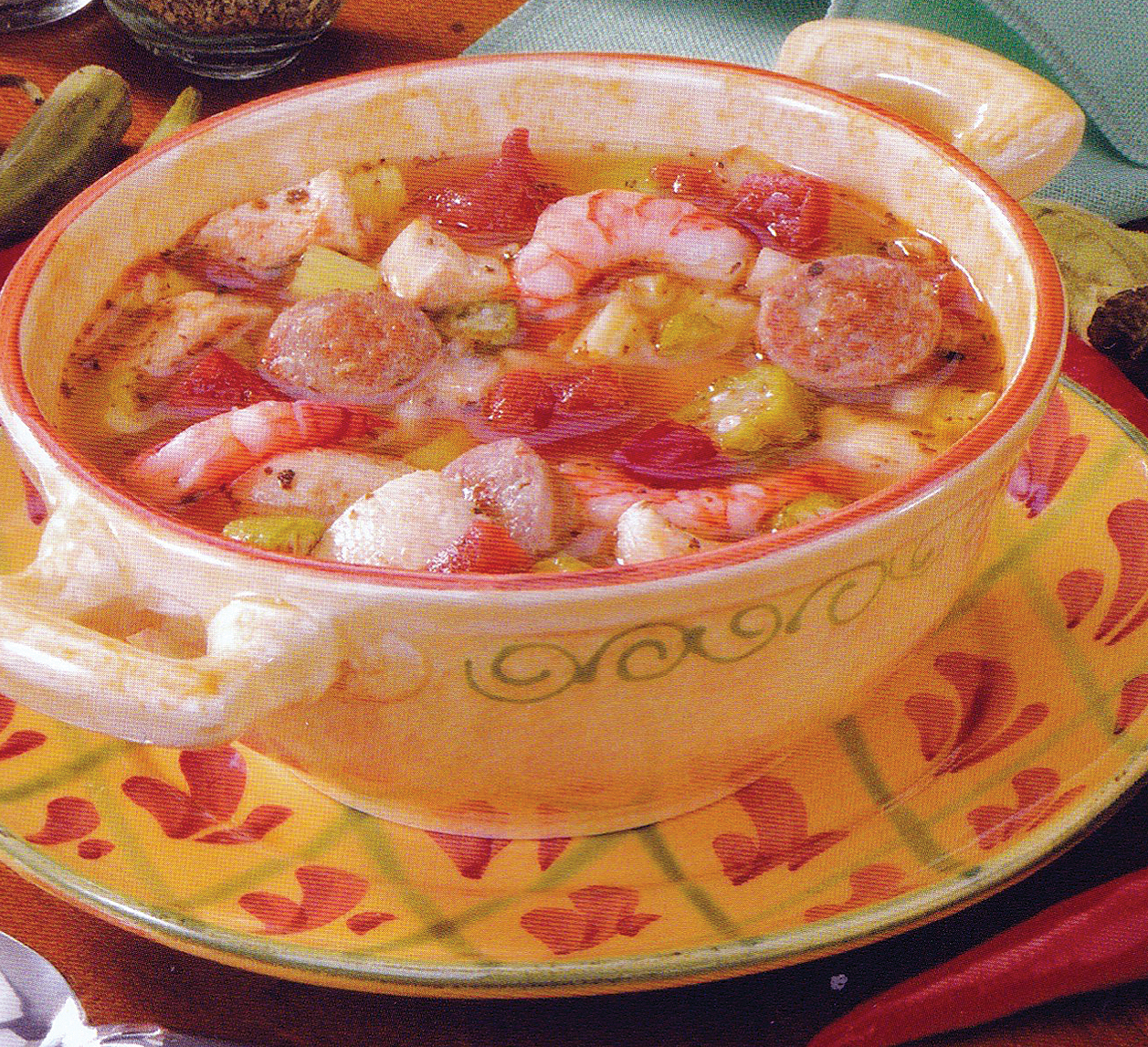While it’s hard to characterize Jewish food, certain dishes are particularly popular in many Jewish households.
Brisket recipes are widespread and popular, and many Jewish families have individual methods for preparing brisket. Brisket is sold as a flat brisket, which is lean and trimmed, or a whole brisket that has a top layer of fat that is known as the deckle. The former cooks faster than the latter, but the fat-covered brisket will be more flavorful.
Those interested in trying brisket can try this recipe for “Judith Ginsburg’s Brisket” courtesy of “Food, Hope & Resilience: Authentic Recipes and Remarkable Stories from Holocaust Survivors” (American Palate) by June Hersh.
Judith Ginsburg’s Brisket
Serves 8
1 (5- to 6-pound) brisket
Kosher salt and pepper
2 tablespoons paprika
2 tablespoons garlic powder
1 pound carrots (about 5 to 6), peeled and cut into chunks
6 medium onions (about 2 pounds), cut into large chunks
8 to 10 cloves garlic, coarsely chopped
For the sauce
1 14.5-ounce can condensed tomato soup
1 cup ketchup
2 tablespoons brown sugar
1 tablespoon white vinegar
Preheat the oven to 350 F.
Rub the brisket generously with salt, pepper, paprika, and garlic powder. Place it in a covered roasting pan with the carrots, onions, garlic, and 1/2 cup of water. Cover and roast until fork tender, about 4 hours, checking on the brisket every hour to see if additional water is needed to prevent the meat from scorching.
When the meat is done, remove it from the roasting pan and thinly slice it against the grain. To make the sauce, stir into the pan 1/2 cup water, the can of soup, ketchup, brown sugar, and vinegar. Place the brisket slices back into the sauce. You can heat the sliced beef and sauce and serve at once or let the brisket soak up the big flavors overnight in the fridge. It will be worth the wait.







